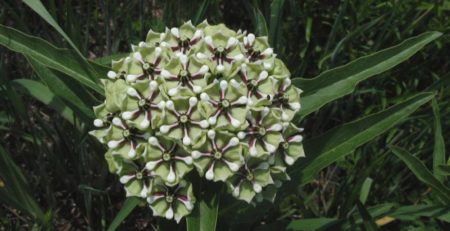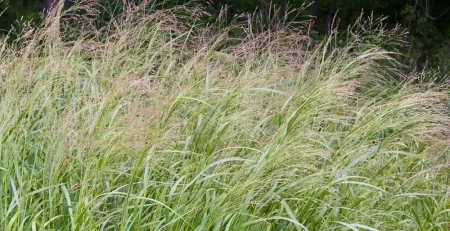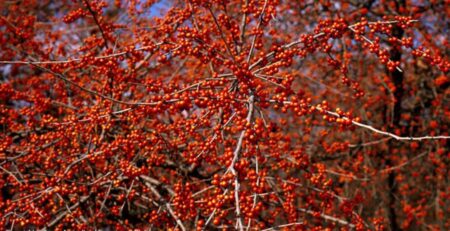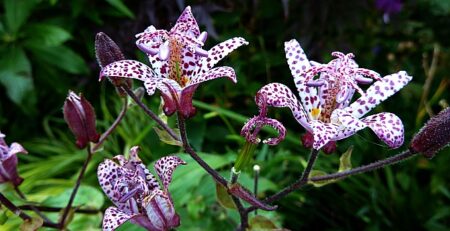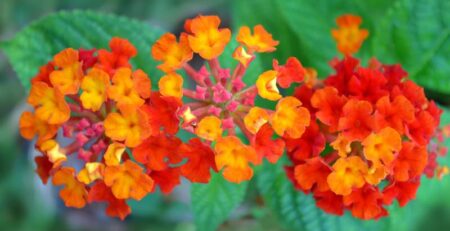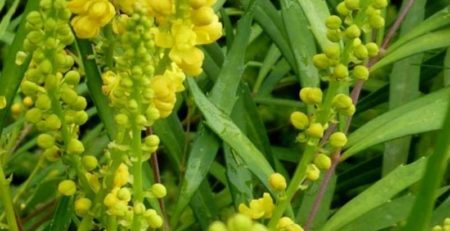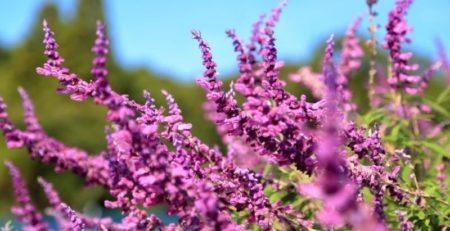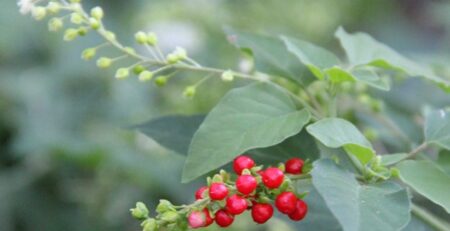Echinacea purpurea, Purple Coneflower

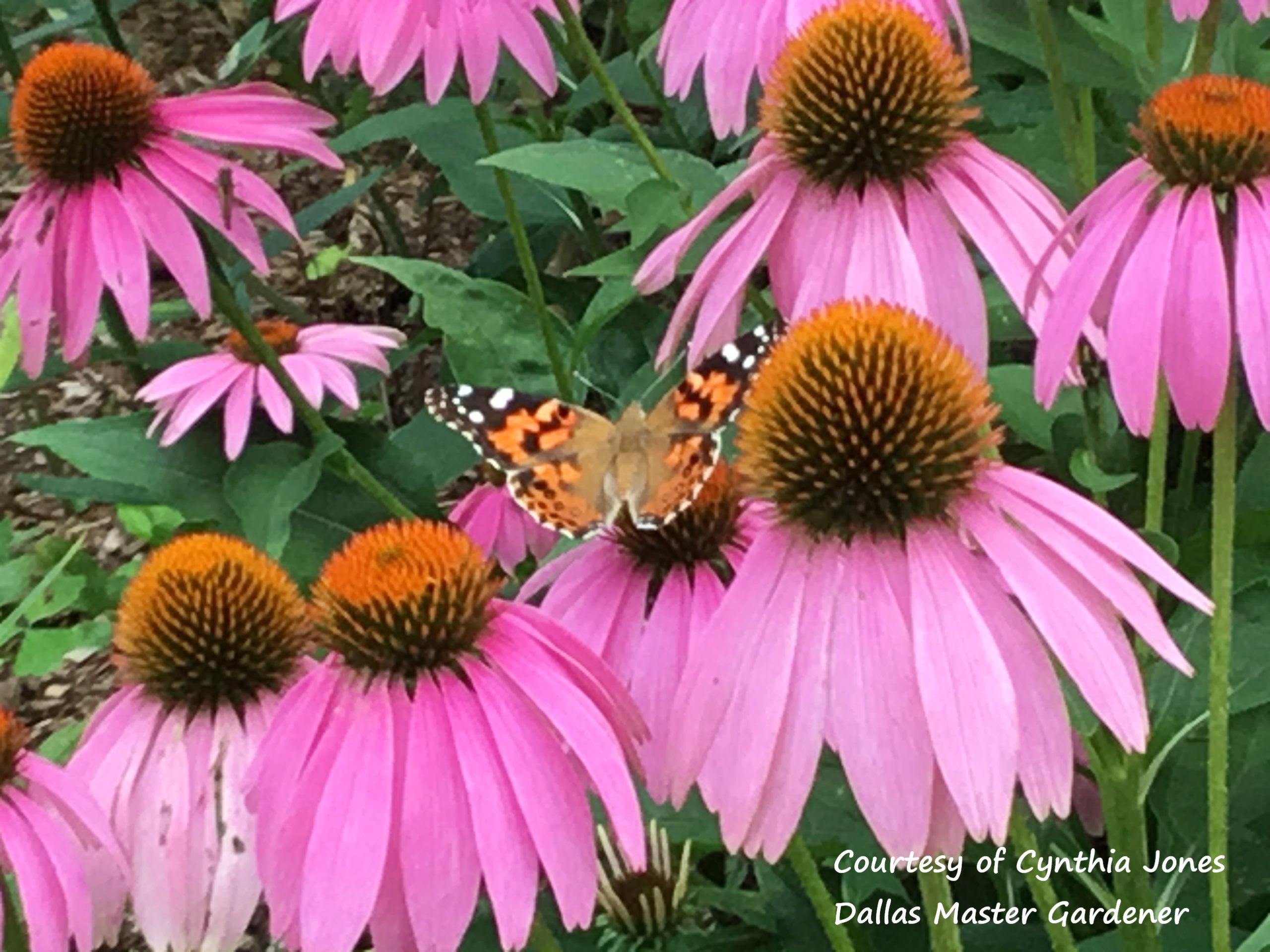

Botanical Name: Echinacea purpurea
Common Name: Purple Coneflower
Synonyms:
Category: Perennial
Family: Asteraceae
Lifecycle: Perennial
Lifecycle (Alt): Annual
USDA Symbol: ECPU
Hardiness Zone North: 3A
Hardiness Zone South: 9B
Sun Requirement: Full Sun (6+ hours of sun per day)
Sun Requirement (Alt): High Sun (4-6 hours of sun per day)
Water Requirement: Low
Growth Rate: Medium
Maintenance: Low
Plant Adult Height: 3-4 ft
Plant Adult Spread: 1.5-2 ft
Plant Spacing: 1.5-2 ft
Soil Preference: Adaptable
Soil pH Preference: Adaptable
Propagation: Division, Seed
Attracts: Bees, Birds, Butterflies, Hummingbirds, Moths
Resists:
Tolerates: Freeze, Drought, Clay Soil, Dry Soil, Heat
Miscellaneous: Tolerates Poor Soil, Native Plant
Description: Purple Coneflower (Echinacea purpurea) is a hardy, perennial flowering plant revered in residential gardens for its striking beauty and low maintenance requirements. Characterized by its daisy-like flowers with pronounced central cones, its blooms range from vibrant pink to purple. Flowering typically occurs from early-summer to early fall, attracting a plethora of pollinators including bees, butterflies, and hummingbirds, thereby promoting a healthy garden ecosystem. The plant is native to the central and southeastern regions of the continent and thrives in various soil types, particularly those that are well-drained. Purple Coneflower is highly valued for its adaptability to a wide range of sunlight conditions, though it reaches peak performance in full sun.
Propagation & Planting: To propagate Purple Coneflower, start by collecting seeds from mature flower heads in the fall. Dry the seeds thoroughly before storing them in a cool, dry place. For best results, stratify the seeds by placing them in a moist paper towel inside a sealed plastic bag and refrigerate for 8-12 weeks. After stratification, sow the seeds in a seed tray filled with well-draining seed-starting mix. Lightly press the seeds into the soil without covering them, as they require light to germinate. Maintain consistent moisture and place the tray in a warm, sunny location. Germination should occur within 10-20 days. Alternatively, Purple Coneflower can be propagated through division. In early spring or late fall, carefully dig up the parent plant and divide the clump into sections, making sure each section has multiple roots and shoots. Replant the divisions immediately.
Plant Care: Purple Coneflower thrives in well-draining soil with a slightly acidic to neutral pH. Plant it in a location that receives full sun for optimal growth; it can tolerate partial shade but may produce fewer blooms. Water regularly to establish young plants but reduce frequency once they are mature, providing about an inch of water per week during periods of drought. Mulch around the base to retain moisture and suppress weeds. Fertilize lightly in spring with a balanced, slow-release fertilizer. Deadhead spent blooms to encourage continued flowering, and cut back stems in late autumn to maintain plant health. Divide clumps every few years in spring or autumn to prevent overcrowding and promote vigorous growth. Regularly check for pests such as aphids or Japanese beetles and treat as necessary using eco-friendly methods.
Fertilize: While not needed, to effectively fertilize Purple Coneflower, apply a balanced, slow-release granular fertilizer with an NPK ratio of 10-10-10 or 5-10-5 in early spring as new growth emerges. For an organic approach, use compost or well-rotted manure, working it lightly into the topsoil to avoid disturbing the roots. Avoid over-fertilization, which can lead to weak, leggy growth and reduced blooming. Reapply the granular fertilizer lightly every 6-8 weeks during the growing season if needed, but always follow the manufacturer’s instructions for the specific product used. Mulching with compost can also help supply nutrients and maintain soil moisture.
Prune: Prune Purple Coneflower in late winter to early spring before new growth appears. Remove dead or damaged stems at the base using clean, sharp pruning shears. During the growing season, deadhead spent flowers regularly to encourage continuous blooming and prevent self-seeding, cutting stems just above the next bud or leaf. Avoid pruning in late summer to fall to allow the plant to support pollinators and overwintering wildlife. Refrain from heavy pruning in late fall as it can stress the plant and reduce its hardiness. Always sanitize tools before and after pruning to prevent disease spread.
Pest & Disease: Purple Coneflower is susceptible to several common pests and diseases. Aphids, Japanese beetles, and eriophyid mites are primary pests. Monitor for aphids on stems and leaves, treating infestations with insecticidal soap. Japanese beetles, which skeletonize leaves, can be manually removed or controlled with neem oil. Eriophyid mites cause witches’ broom and stunted growth; prune affected areas and apply miticides if necessary. Fungal diseases such as powdery mildew, leaf spot, and stem rot affect this plant. To prevent powdery mildew, ensure good air circulation and apply fungicides at the first sign of infection. Leaf spot, characterized by dark, water-soaked lesions, should be managed by removing infected leaves and applying appropriate fungicides. Stem rot, signified by wilting and blackened stems, requires improving soil drainage and avoiding over-watering. Regular monitoring and prompt treatment of pests and diseases will ensure healthy Purple Coneflowers.
Attribution: Plant of the Month content is owned by, and used with authorization from, PlantTAGG, Inc., with curation and oversight by the DCMG At Home Botanist team. All rights reserved.
Link to Full Profile: https://m.planttagg.com/#/public/details?key=3R2YIE8L1B61GQGWPES2JGILVCX
Plant of the Month content is owned by, and used with authorization from, PlantTAGG, Inc., with curation and oversight by the DCMG ‘At Home Botanist’ team. © PlantTAGG, Inc. All rights reserved.


